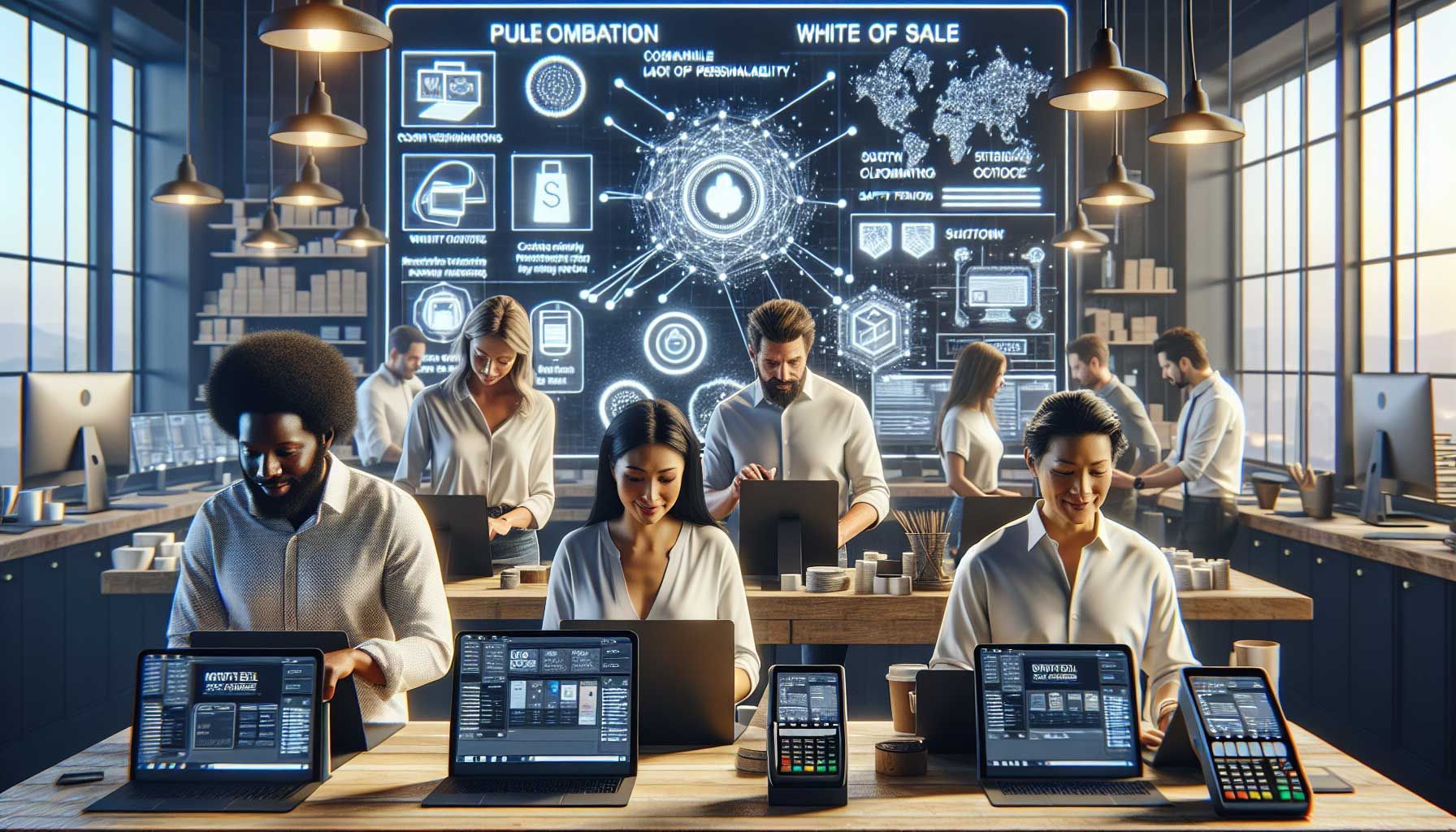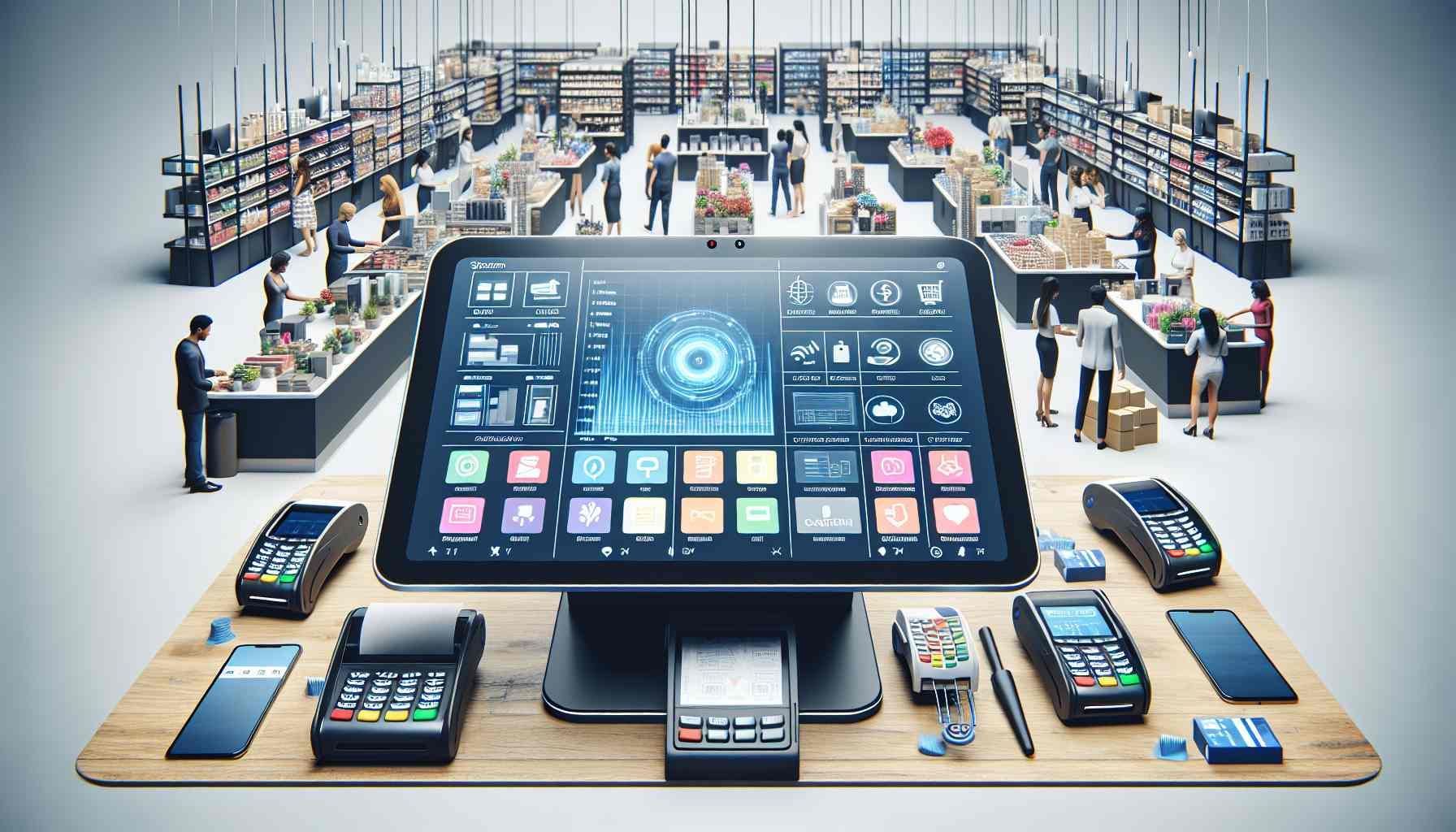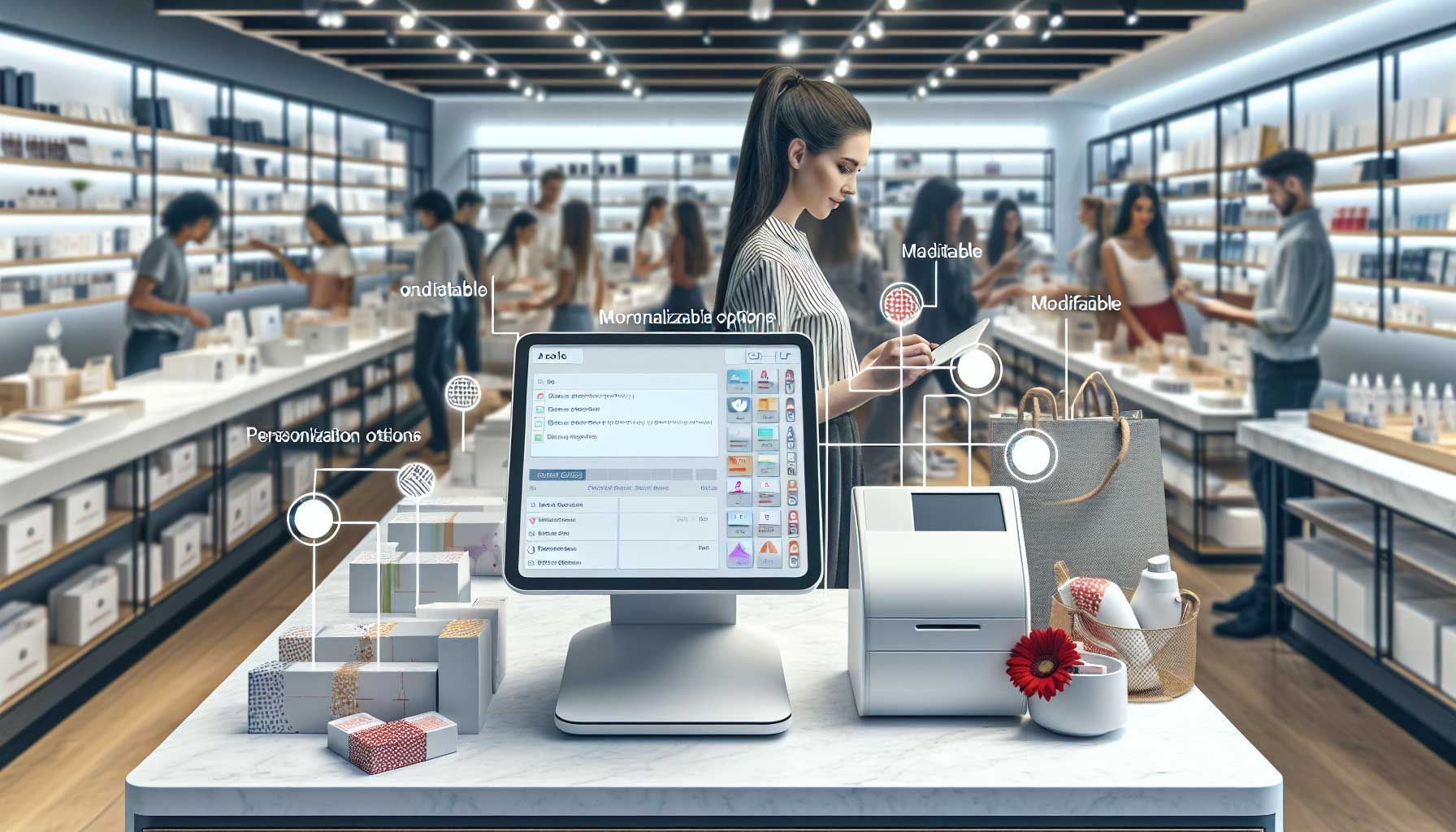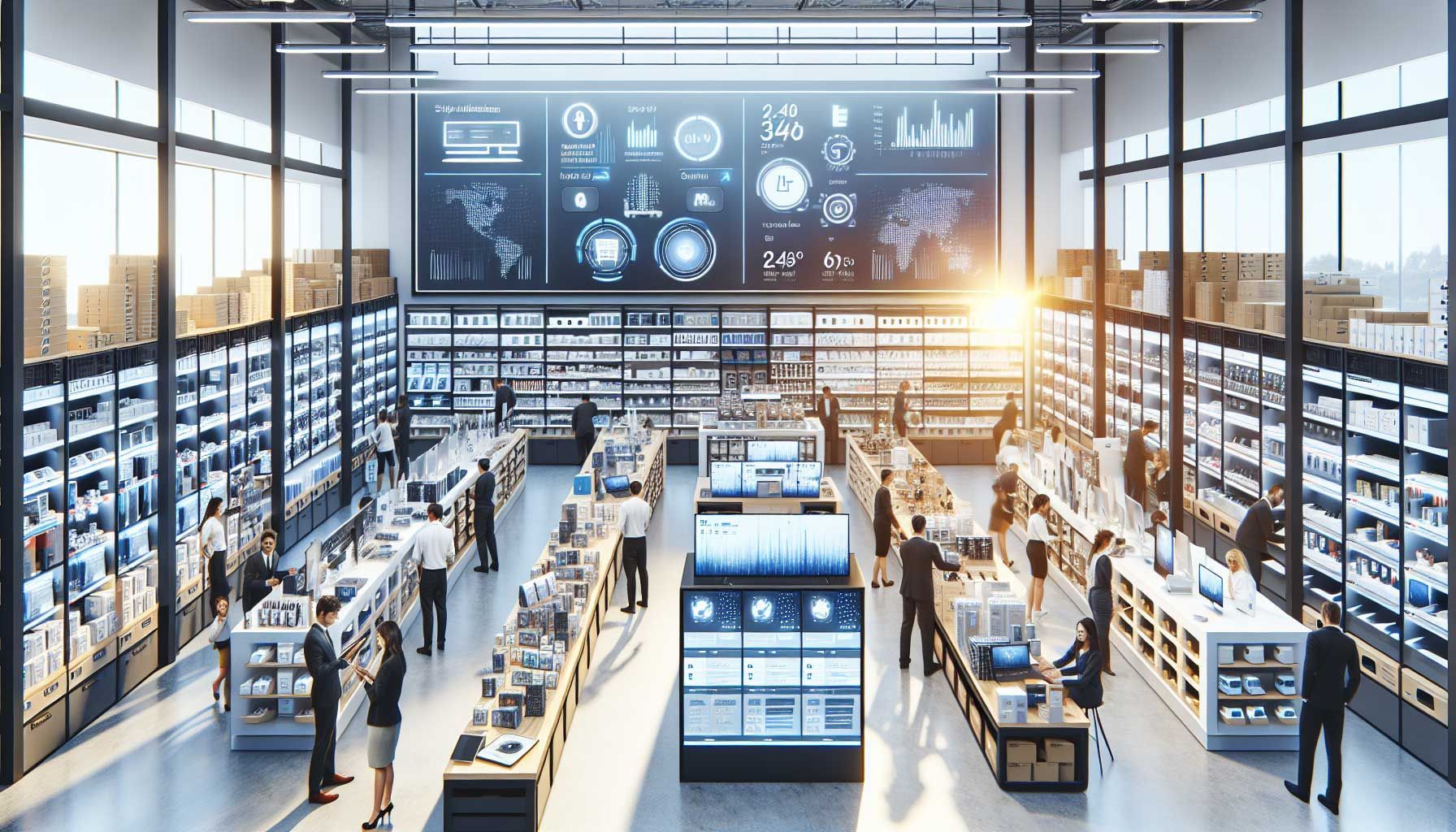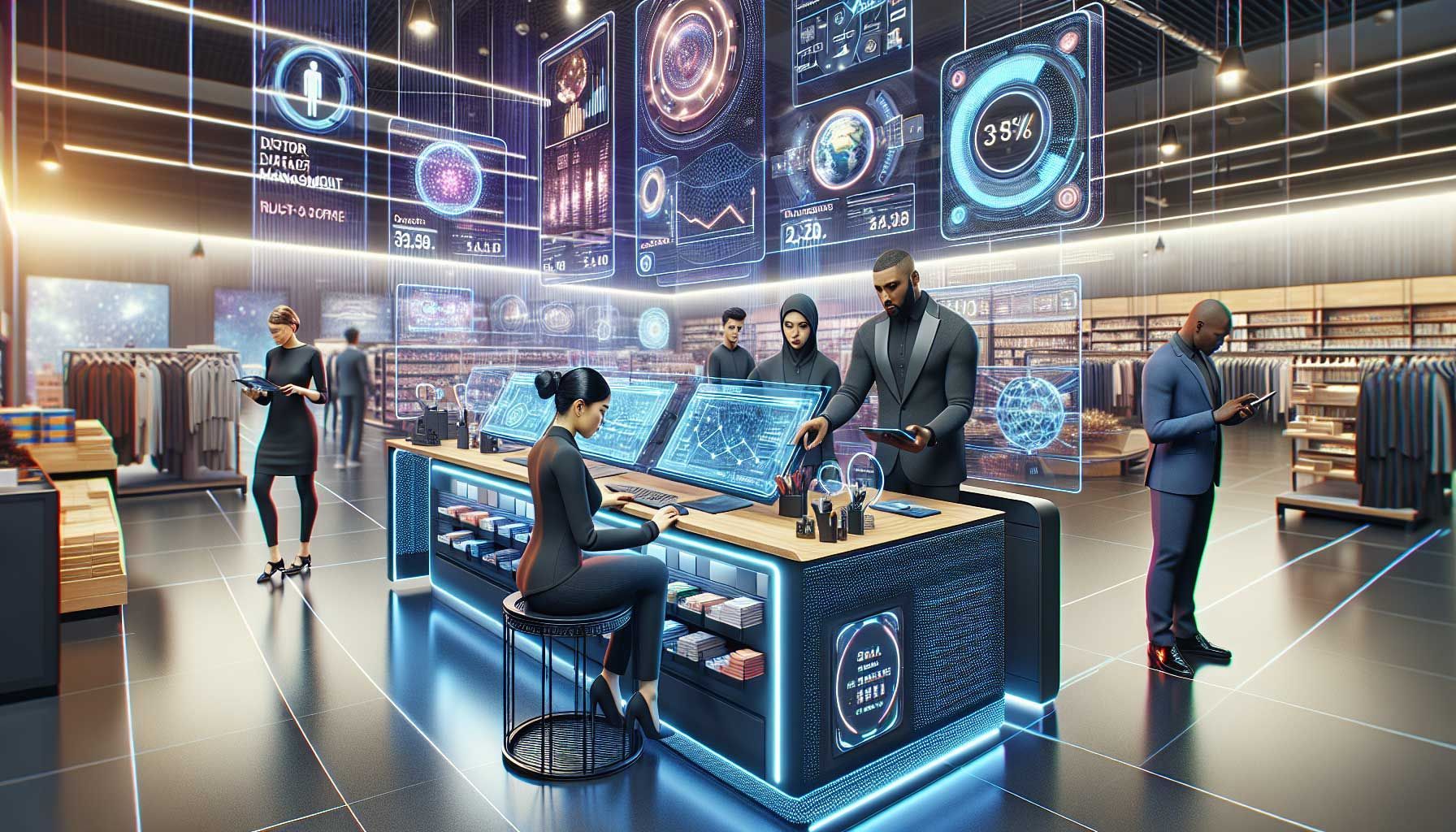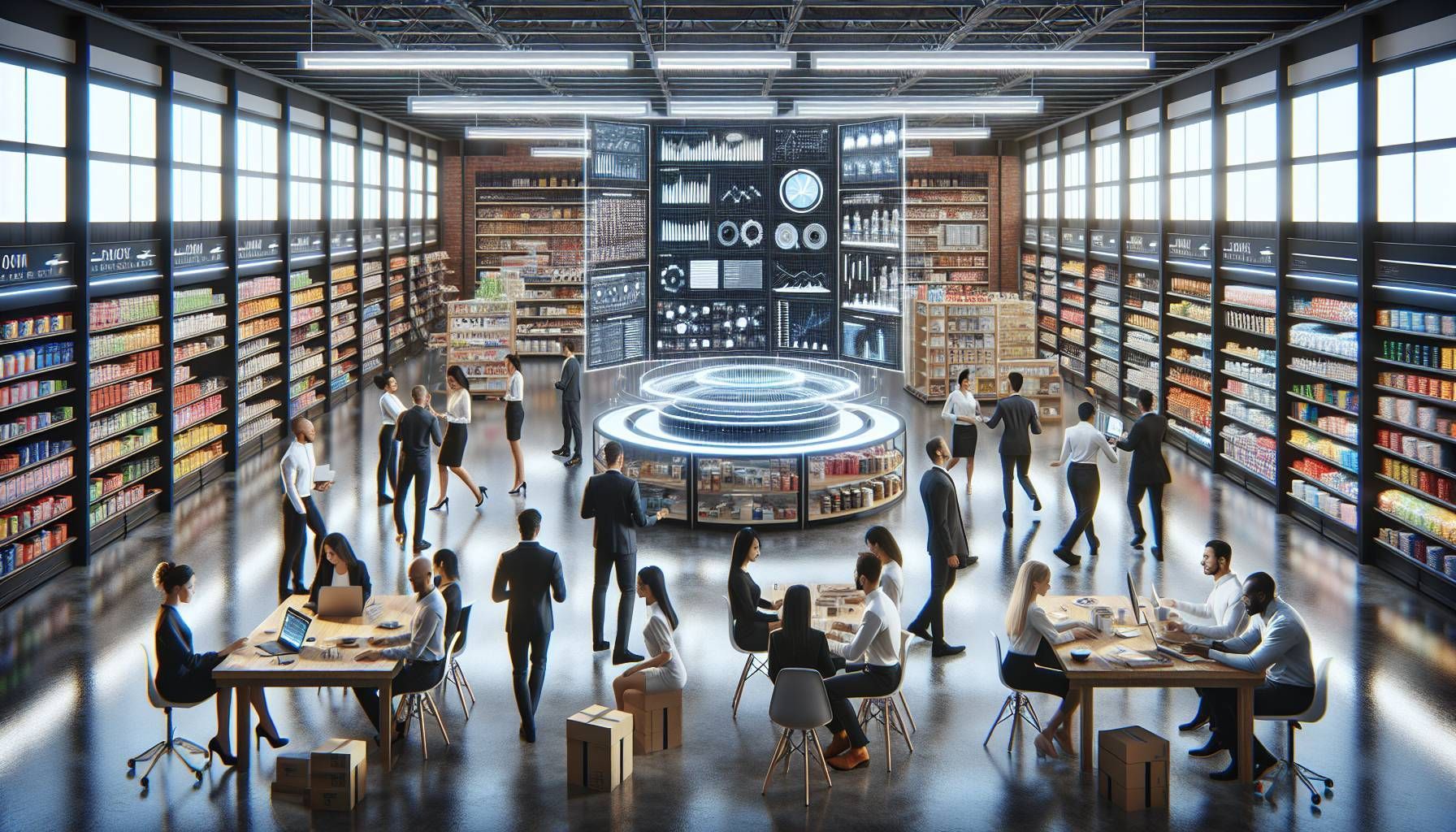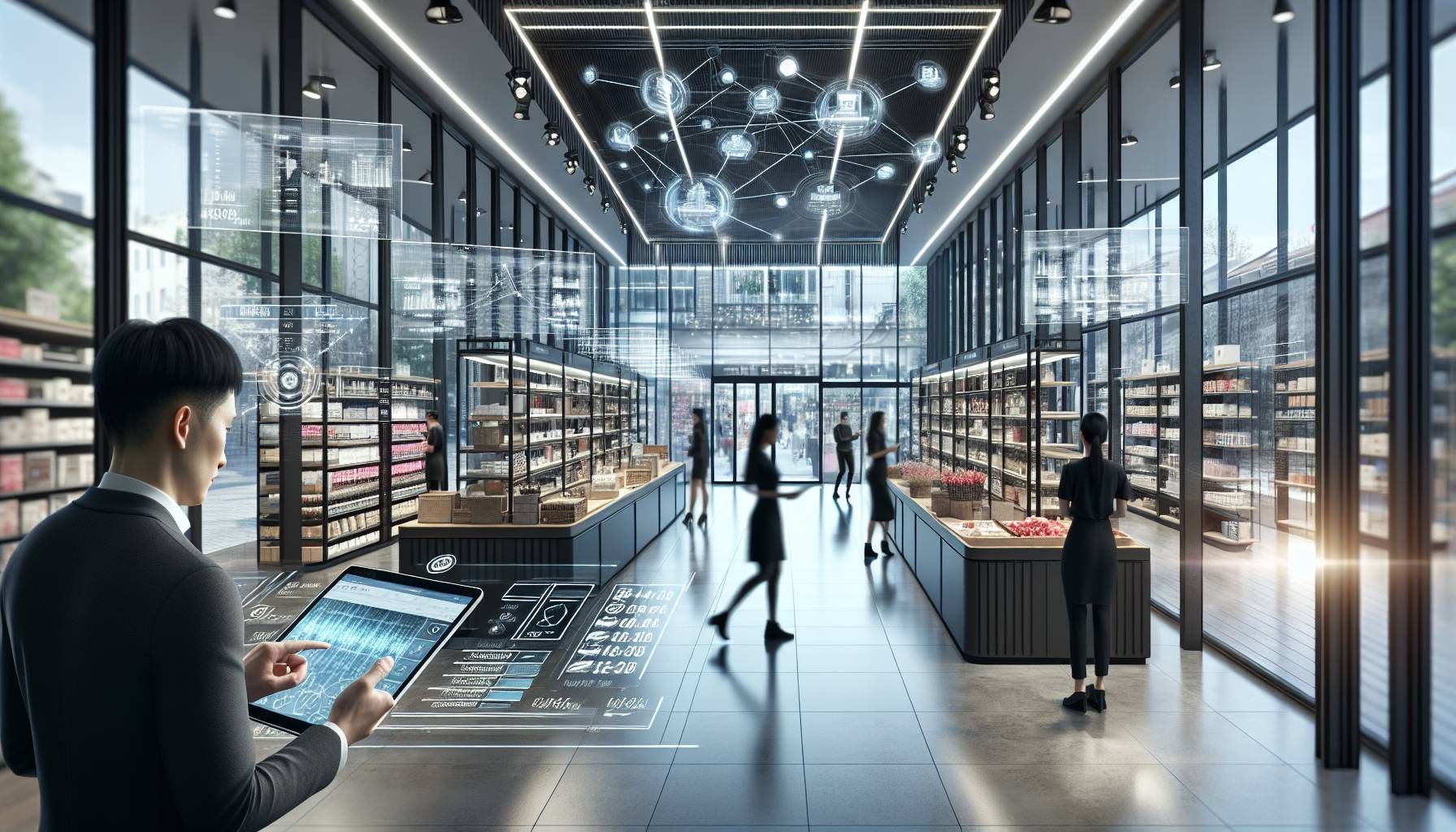Understanding POS Software Architecture: A Comprehensive Guide for Developers
What is POS Software Architecture?
Point of Sale (POS) software architecture encompasses the design principles, frameworks, and technologies that work together to facilitate retail transactions. At its core, it allows businesses to process sales efficiently and manage operations seamlessly. But beyond just handling sales, an intricate POS architecture is crucial for providing actionable insights into customer behavior and inventory management.
The architecture typically includes components such as user interfaces, databases, hardware integrations, and APIs that allow different systems to communicate. With the rise of digital transactions, POS systems have evolved significantly, adopting cloud-based architectures and mobile solutions, thereby enhancing accessibility and scalability.
When designing a POS software architecture, consider modularity. By separating concerns—such as user interface, database management, and payment processing—you can develop a more maintainable and scalable solution.
Get to know our whitelabel POS software. You can download our code for free and make changes.
The Importance of POS Software Architecture in Retail
In the dynamic retail landscape, businesses can't afford to overlook the significance of a robust POS software architecture. It impacts not only customer experiences but also backend operations. An efficient POS architecture aids in reducing transaction times, minimizing errors, and providing real-time data analytics.
Moreover, an advanced POS system enables retailers to implement features such as loyalty programs, personalized marketing, and inventory tracking, which contribute towards higher customer retention rates. According to a recent study, a seamless checkout experience can increase a retailer's conversion rate by up to 30%.
To maximize the effectiveness of your POS architecture, integrate real-time analytics capabilities. This allows for better decision-making based on comprehensive sales and inventory data.
Core Components of POS Software Architecture
Understanding the various components of a POS software architecture is crucial for developers aiming to build or enhance a system. Below are the core components:
User Interface (UI)
The user interface is what your employees and customers interact with. It should be intuitive and user-friendly, providing easy navigation for transactions.
Focus on creating a responsive design. With the prevalence of mobile devices, your POS interface should adapt seamlessly to various screen sizes.
Database Management
Effective database management is essential for storing transactional data, customer information, and inventories. A relational database management system (RDBMS) like MySQL or PostgreSQL is often preferred for its reliability.
Utilization of cloud-based databases can enhance data accessibility and enable automatic backups, greatly reducing the risk of data loss.
Payment Processing
Payment processing is a critical function of any POS system. Ideally, it should support multiple payment methods, including credit cards, mobile payments, and even cryptocurrencies, while ensuring compliance with security standards like PCI DSS.
Implement tokenization methods to protect sensitive payment information and mitigate the risk of data breaches.
API Integration
APIs (Application Programming Interfaces) are the glue that holds disparate systems together. They facilitate integration with third-party services like accounting systems, e-commerce platforms, and inventory management tools. Well-documented APIs can simplify the development process. Ensure that your POS architecture includes comprehensive API documentation for future developers.
Current Trends in POS Software Architecture
The POS software landscape is continually evolving, shaped by technological advancements and changing consumer expectations. Here are some current trends to watch:
Cloud-Based Solutions
Cloud computing has revolutionized POS architecture, providing scalability and cost-efficiency. Retailers can access their data from anywhere, ensuring that businesses operate smoothly even during unforeseen circumstances, like pandemics.
Evaluate the cloud service providers carefully, especially their data security measures, since sensitive business information will be stored remotely.
Mobile POS (mPOS)
Mobile POS systems allow retail transactions anywhere in the store, promoting a more personalized shopping experience. They can also help reduce checkout line congestion, which is often a major pain point for customers.
When designing an mPOS, ensure that the system is fully functional offline so transactions can be completed even during network downtimes.
Artificial Intelligence (AI) Integration
AI technologies can enhance POS systems by incorporating machine learning for predictive analytics, fraud detection, and personalized recommendations. This adds a layer of intelligence that enhances customer engagement and optimizes operations.
Consider A/B testing different AI features in your POS architecture to gauge their effectiveness, such as chatbots for customer service or personalized marketing messages.
Retailgear: A Complete POS Software Architecture Solution
For developers looking for a comprehensive POS architecture, Retailgear offers an all-in-one platform designed specifically for retail needs. Retailgear bridges the gap between feature-rich capabilities and ease of integration, providing developers with essential tools to create effective POS systems.
By leveraging Retailgear's POS software architecture, developers can access customizable features, robust support, and extensive documentation, which simplifies the development process. Whether you want to integrate advanced payment solutions or sophisticated inventory management systems, Retailgear has the components that businesses can tailor to their requirements.
Take advantage of Retailgear’s developer resources, including sample codes and user guides, to reduce development time and complexity.
Designing a POS Software Architecture: Best Practices
Now that you're familiar with POS architecture's components and trends, let's explore some best practices for designing an effective POS software architecture:
Focus on Scalability
Your architecture should be able to accommodate future growth. Whether it's an increase in sales volume or the addition of new features, scalability is key to ensuring long-term success.
Utilize microservices architecture for scalability, allowing different system components to expand independently without affecting overall performance.
Ensure Robust Security Measures
With the rise of cyber threats, implementing secure practices is vital. Security layers such as encryption, secure transaction protocols, and regular audits should be inherently included in your architecture. Conduct penetration testing on your POS architecture to identify vulnerabilities before they can be exploited.
Optimize for Performance
Performance metrics such as transaction processing time and uptime are crucial. Regularly monitor these metrics to ensure an efficient POS operation. Implement caching mechanisms to enhance response times and reduce server loads, especially for frequently accessed data.
Conclusion
The architecture of POS software greatly influences the effectiveness of retail operations. Understanding its components, current trends, and best practices equips developers with the tools necessary to create efficient, user-friendly systems.
Incorporating platforms like Retailgear can provide a robust foundation for your POS architecture, offering valuable resources for developers aiming to excel in the competitive retail sector. Keep an eye on emerging technologies and evolving customer needs to continuously refine your POS solutions.
Continuously gather feedback from end-users to enhance your POS software's functionality and maintain its relevance in an ever-changing retail environment.

Bring your shop to the next level
Hi, I'm George and I like retail and technology. Therefore, my passion here at Retailgear.com is to provide you with reliable information to automate and digitize your store. You can find out what we can do for your industry through our menu. Also, feel free to check out this updated list of retail tools.
Get inspiration in your inbox to get more sales and store visitors with less effort.
Contact Us
Thank you for subscribing to our newsletter!
Please try again later.
More about your favorite subject
Discover latest posts
You can use, change and resell our complete solution whitelabel.
© 2022 All Rights Reserved by Retailgear
© 2024 All Rights Reserved by Retailgear | Terms and Conditions

